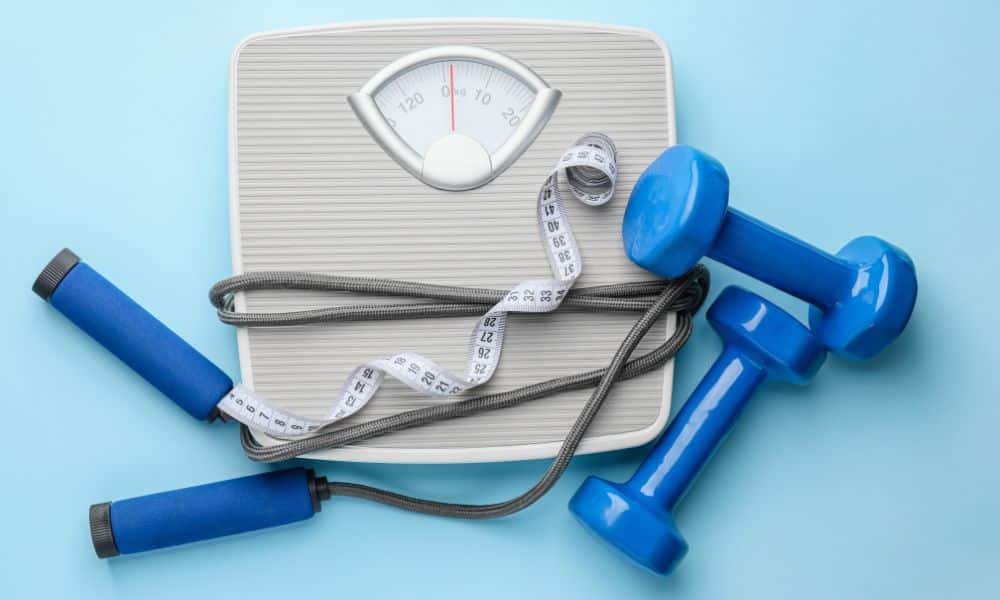Rest and recovery are essential components of any fitness program, playing a crucial role in muscle growth, fat loss, and overall health. Many people focus on their workouts and diet but overlook how recovery impacts their progress. Without adequate rest, your body cannot repair and grow muscle, nor can it optimize fat-burning processes. This article will explore the science behind rest and recovery, how it affects burning stomach fat, and why it is critical for building muscle.
What Is Rest and Recovery in Fitness?
Rest and recovery refer to the period when the body repairs itself after exercise. There are two types of recovery:
- Short-term recovery – This occurs in the hours immediately following exercise, including cool-down periods, stretching, hydration, and post-workout nutrition.
- Long-term recovery – This involves extended periods of rest such as sleep, scheduled rest days, and active recovery techniques to promote overall recovery and adaptation.
The body needs time to heal from the micro-tears that occur in muscle fibers during resistance training. Similarly, for those focused on fat loss, recovery helps maintain metabolic function and hormone balance, which are essential for burning fat effectively.
How Does Rest Affect Exercise Performance?
Rest is crucial for maintaining high levels of performance during workouts. When you exercise, your body undergoes physiological stress, depleting energy stores and breaking down muscle tissue. Recovery allows the body to replenish glycogen stores and repair muscles, preventing excessive fatigue and injury.
Key ways rest impacts exercise performance include:
- Preventing overtraining – Overtraining can lead to reduced strength, endurance, and an increased risk of injury. Rest days allow muscles and the nervous system to recover.
- Improving workout intensity – With adequate recovery, you can train harder during your next workout, maximizing strength and hypertrophy gains.
- Enhancing endurance and stamina – Rest helps maintain cardiovascular efficiency, reducing stress on the heart and muscles during prolonged workouts.
Can Rest Help Burn Stomach Fat?
Burning stomach fat requires a combination of proper nutrition, exercise, and an efficient metabolism. While exercise creates a calorie deficit that leads to fat loss, recovery plays a vital role in maintaining the body’s ability to burn fat.
How rest contributes to fat loss:
- Regulating cortisol levels – Lack of sleep and chronic stress increase cortisol, a hormone linked to increased belly fat storage. Proper rest helps regulate stress hormones, improving fat metabolism.
- Optimizing hormone function – Sleep influences key hormones like leptin and ghrelin, which control hunger and appetite. Poor sleep can lead to increased cravings and overeating.
- Improving workout effectiveness – When well-rested, the body performs better during workouts, increasing calorie expenditure and fat oxidation.
Although rest alone won’t burn stomach fat, ensuring adequate recovery supports metabolic health, making it easier to lose fat when combined with proper diet and exercise.
Why Is Rest Important for Building Muscle?
Muscle growth, or hypertrophy, occurs when muscle fibers are broken down during exercise and then repaired during rest. Without sufficient recovery, muscles do not have time to rebuild, leading to stagnation or even muscle loss.
Key factors in muscle recovery include:
- Protein synthesis – Muscle repair and growth occur when protein synthesis exceeds muscle protein breakdown. Rest is essential for this process.
- Human growth hormone (HGH) production – Sleep is the primary time when the body releases HGH, a hormone critical for muscle growth and fat loss.
- Reducing muscle soreness – Proper recovery minimizes delayed onset muscle soreness (DOMS), allowing for more consistent training.
How Much Rest Is Needed for Optimal Recovery?
The amount of rest needed depends on training intensity, fitness level, and overall lifestyle factors. General guidelines include:
- Sleep – Adults should aim for 7–9 hours of sleep per night for optimal recovery.
- Rest days – Strength training requires 48 hours of recovery for the same muscle group before training again.
- Active recovery – Light activities like walking, yoga, or stretching can promote blood flow and reduce stiffness.
What Are the Best Recovery Strategies?
To maximize recovery, consider implementing the following strategies:
- Prioritize sleep – Quality sleep is the most important factor in muscle recovery and fat loss.
- Stay hydrated – Water helps transport nutrients and remove waste products from muscles.
- Eat a balanced diet – Protein, healthy fats, and carbohydrates play a key role in muscle repair and energy restoration.
- Use stretching and mobility work – Foam rolling, stretching, and massage can help reduce muscle tightness.
- Practice stress management – Meditation, deep breathing, and relaxation techniques improve hormonal balance.
Conclusion
Rest and recovery are just as important as exercise and diet in achieving fitness goals. Whether your focus is burning stomach fat or building muscle, your body needs time to repair, grow, and optimize metabolic processes. Prioritizing sleep, incorporating rest days, and using recovery techniques will ensure consistent progress and prevent burnout. By understanding the role of recovery, you can train smarter, improve performance, and achieve long-term fitness success.
Read Next…
- How to Add Side Dishes to a Meal Plan for Weight Loss When Your Main Course Is Protein
- Elderly Homecare: How Fitness Routines Can Improve Senior Health
- Rest and Recovery: How It Boosts Fat Loss and Muscle Growth
- Slim Down with These 6 Easy Air Fryer Recipes for Weight Loss
- Fat Storage in Muscles: The Impact of Different Types of Exercise




